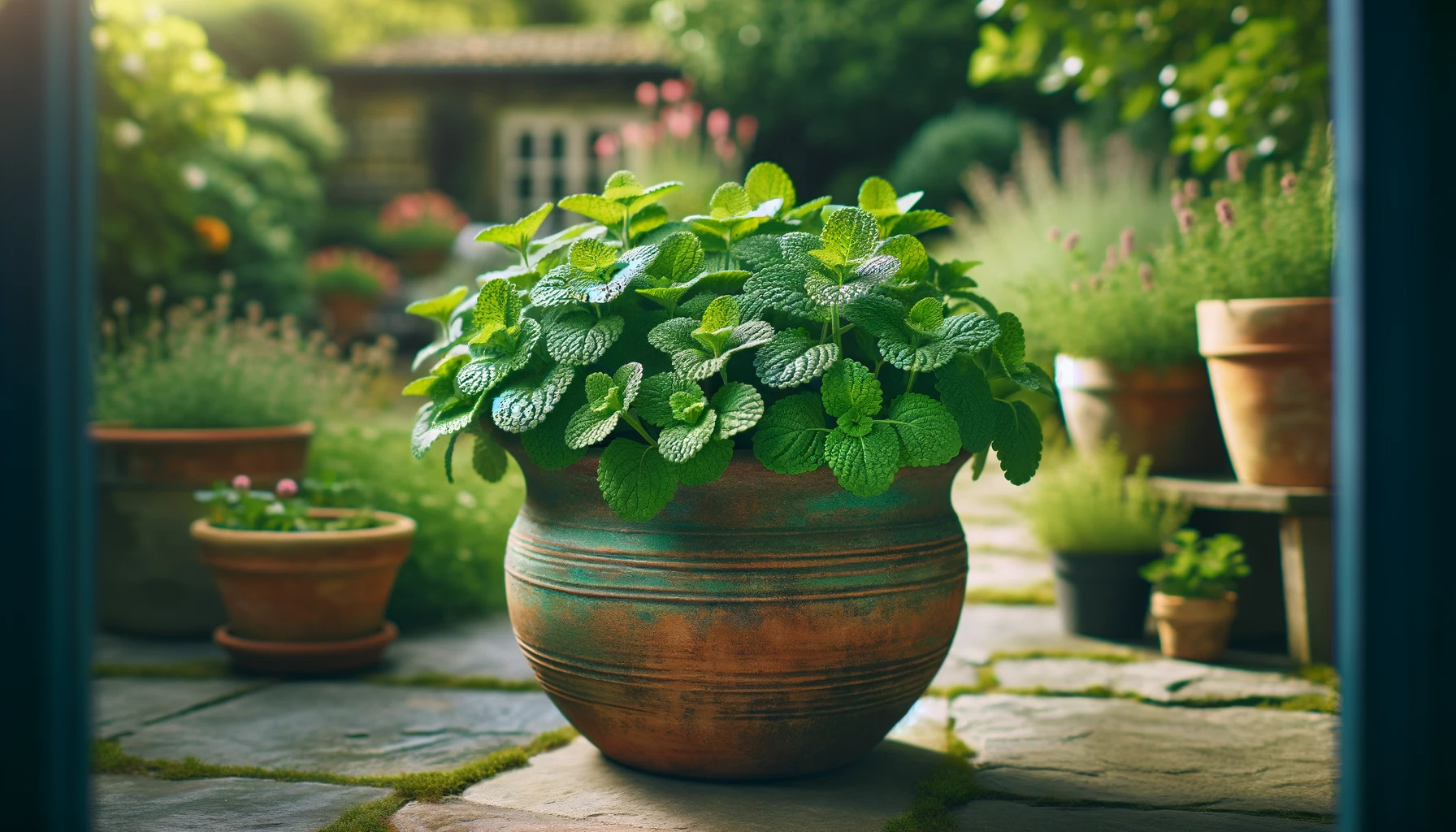Lemon balm, a fragrant herb with a lemony scent, has a variety of uses due to its calming properties. Here are some common ways to use lemon balm:
- Tea:
Lemon balm tea is popular for its soothing effect. To make it, steep fresh or dried lemon balm leaves in boiling water for about 5 to 10 minutes. - Topical Applications:
Lemon balm can be used in creams or ointments for treating cold sores due to its antiviral properties. It may also be used in lotions or bath products for its calming scent and skin-soothing properties. - Culinary Uses:
Fresh lemon balm leaves can be added to salads, sauces, and dressings for a lemony flavor. It also pairs well with fish and poultry dishes. - Aromatherapy:
The essential oil of lemon balm can be used in diffusers to create a calming atmosphere in your home. It’s often used to reduce stress and improve sleep. - Tinctures and Extracts:
Lemon balm tinctures or extracts can be taken orally, often used for their potential to reduce anxiety and improve sleep quality. - Herbal Compresses:
A compress made from lemon balm leaves can be applied to the skin to help relieve pain and discomfort from insect bites or minor wounds. - Beverage Flavoring:
Lemon balm can be infused into water or cocktails to add a refreshing, lemony taste. - Potpourri and Sachets:
Dried lemon balm leaves can be used in potpourri mixes or sachets to impart a pleasant aroma to your living spaces.
It’s history
Lemon balm (Melissa officinalis) is native to the Mediterranean region, South-Central Europe, the Iranian Plateau, and Central Asia. It has a long history of use dating back over 2,000 years. The Greeks and Romans were among the first to cultivate lemon balm for its medicinal properties, particularly for its calming effects and to aid digestion.
The herb was widely used in the Arab world during the Middle Ages, and it was introduced to Spain by the Moors. From there, it spread throughout Europe. Lemon balm was a staple in medieval monastery gardens and was valued for its health benefits and pleasant lemony scent.
During the 17th century, lemon balm was introduced to the Americas by European settlers. Since then, it has become naturalized in many parts of the world. Its ease of cultivation and wide range of uses in traditional medicine, cooking, and aromatherapy have made it a popular herb globally.
A girls name
The girl’s name Melissa is connected to the herb lemon balm. The name “Melissa” originates from the Greek word “μέλισσα” (melissa), which means “honeybee.” In ancient Greek mythology, Melissa was a name associated with nymphs who were believed to be nurses or protectresses of bees. This connection is fitting, since the herb lemon balm (Melissa officinalis) is known for attracting bees due to its sweet, nectar-rich flowers.
